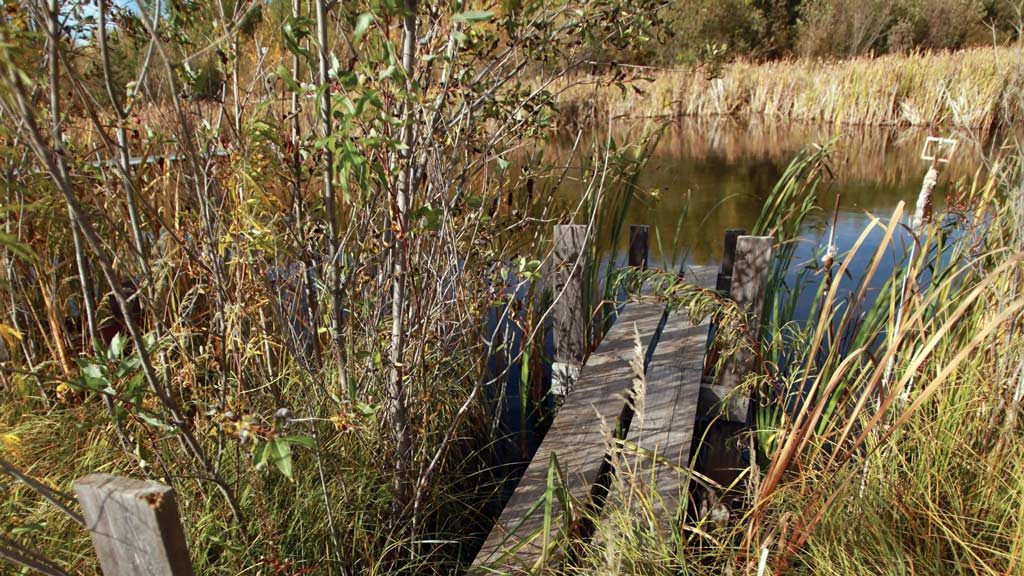Canadians are at the forefront as a new institute launched to improve land-reclamation practices in the worldwide resource-extraction sector.
The Landform Design Institute was inaugurated in September with veteran geotechnical engineer Gord McKenna as founder. McKenna, the principal of Delta, B.C.-based McKenna Geotechnical Inc., has seen reclamation practices improve significantly in the past 30 years but has also witnessed flagrant mining industry failures such as the Faro Mine in Yukon Territory and the Giant Mine in the Northwest Territories where cleanups are costing Canadian taxpayers billions.
“It is a huge challenge. It costs anything from tens of millions of dollars up to billions for the reclamation of large mines following a closure,” he said. “There is some real work to be done to ensure you and I the taxpayer aren’t paying for these sites.
“The landform design approach is meant to be clear about what we are trying to achieve and finding ways of doing it better.”
Landform design brings together the skills of civil and mining engineers, ecologists, geologists and others to reclaim mining and oil resource lands. Regulators, the energy and mining sectors, local communities and several levels of government may also be involved in creating or overseeing plans for resource lands once they fall into disuse.
The institute is intended to have global reach, given that many mining companies are multinationals active around the world and there are lessons to be learned from private and public sector initiatives in such jurisdictions as British Columbia, Alberta, Ontario and Quebec in Canada and Australia and Brazil internationally, McKenna said.
Decades ago, miners would often devise a reclamation plan when the end of the mine was approaching but today plans are often built into environmental approvals.
“Reclamation is practised at just about every mine,” McKenna said. “But reaching a satisfactory outcome requires a stronger emphasis on setting clear goals and then delivering on those goals using a more inclusive and multi-disciplinary approach to design and construction.”
The institute’s launch statement included expressions of support from Andrea McEachern, president of the Canadian Land Reclamation Association, and University of Alberta distinguished professor (emeritus) of civil engineering Norbert Morgenstern.
Reclamation has been discussed for decades but the concept of landform design had its genesis with McKenna’s PhD thesis in 2002, he said. He and others have presented papers around the world and a body of knowledge has been built.
Breakthroughs in the sector have been the development of sophisticated reclamation practices by miners in Australia and Europe, production of an outstanding mine-closing guidebook by the government of Western Australia and publication of “top notch” documents in Brazil, McKenna said. Ontario was an early adopter of effective mine-closing regulations in the 1990s, he said.
Looking ahead, a major milestone for landform design will come when a 40-hour landform design course is presented at the University of Alberta Dec. 5 to 10. Other short-term projects proposed for the institute include developing a graduate-level landform-design university course, publishing a textbook and holding workshops devoted to sharing knowledge.
McKenna said a good plan should include bonded funding to ensure plans can be carried out, adequate details to guide miners as the mine lifecycle unfolds, and communication of those details to the miners and other stakeholders.
“Most of the closure plans are too conceptual and they don’t provide enough detail for the miners to make good decisions,” he said. “The industry is proud, ‘we have a conceptual plan,’ but I think we need quite a lot more effort into that level of planning so that when they are deciding where to put the next waste-rock dump or tailings pond they know where the rivers are meant to be when they’re done.”
Within two years, the institute hopes to have gathered and published 500 case studies. One example of excellence posted on the institute’s site already was the reclamation of a coal field at Sphinx Creek in Hinton, Alta. under the guidance of Marc Symbaluk of Cardinal River Operations, McKenna said.
Follow Don Wall on Twitter @DonWall_DCN.



Recent Comments